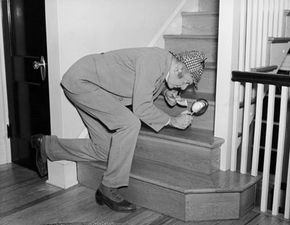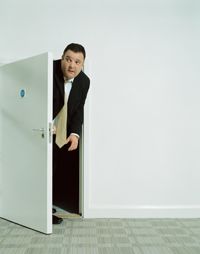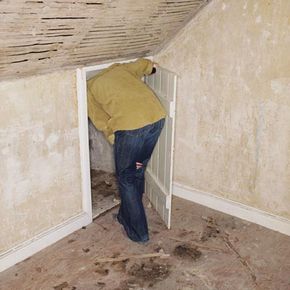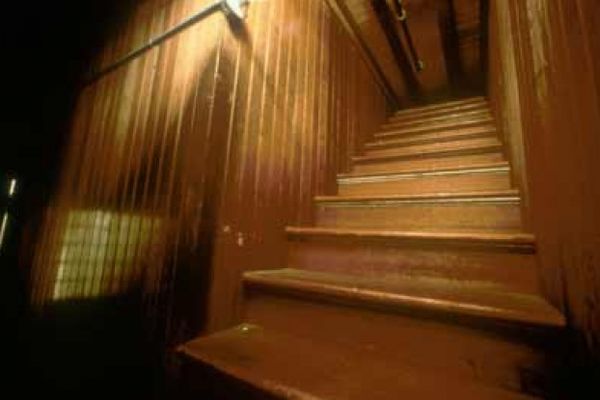Hidden passageways seem to belong mostly in books and movies. They're used by children to access magical worlds and by criminals to commit deeds that stump even the smartest detectives. While real-life hidden passageways are used by everyone from popes to gangsters, they might not seem to have much practical use in the home. After all, popes have used the hidden passageway between the Vatican and the Castel Sant'Angelo to escape when Rome was under siege, and Al Capone had tunnels all over the country so that he could escape from police officers on his tail. Examples like these undoubtedly make hidden passageways seem cool, if a little extreme. Is it really possible for average people to have one in their home?
Advertisement
Not only is it possible, but the installation of home hidden passageways is on the rise. Although we don't have exact numbers -- after all, not everyone wants to spread the word about a secret passageway that may lead to their most precious valuables -- in 2006, architects reported an increase in hidden room installations over the last five years [source: Summers-Sparks].
Are you already searching your mind for reasons why you might need a cool hidden passageway, such as a dastardly-looking next door neighbor who might launch a midnight attack or an oddball collection that might need protection? Well, you don't have to think too hard. While about half of hidden passageway projects serve some sort of security or safety purpose, the other half of homeowners with hidden passageways said they wanted the feature simply because it was cool [source: Summers-Sparks]. Have children? One design firm said it does a fair number of children's rooms and playrooms, since children delight in a hidden passage even if it doesn't take them to Narnia or through Hogwarts [source: Casey].
If your inner Nancy Drew or Hardy Boy has ever wanted a hidden passageway adventure, then read on. We'll take a look at what today's hidden passageways look like, what they're used for and just how you get one. Click "next page" for a not-so-hidden way to get to this information.
Advertisement





